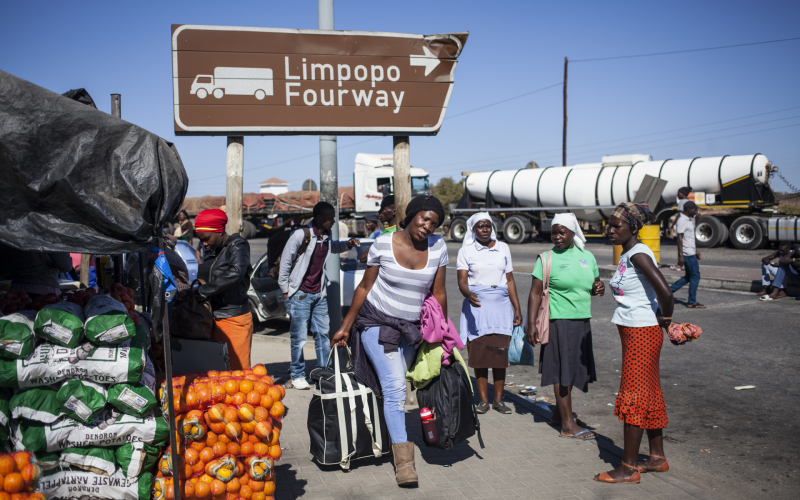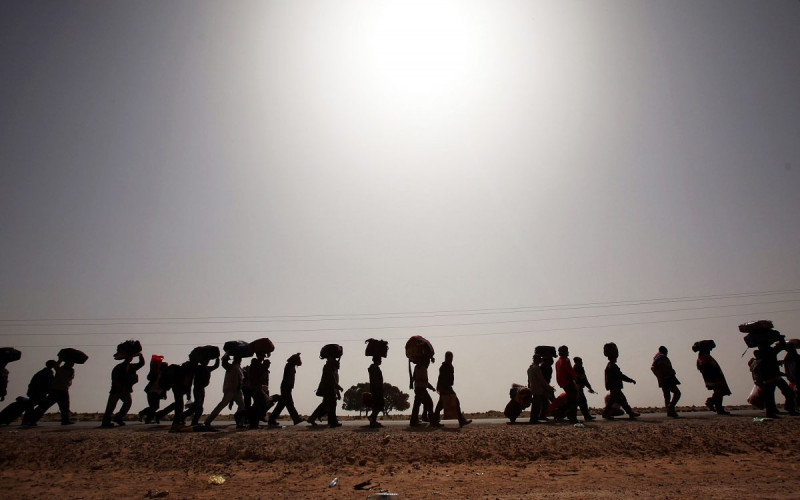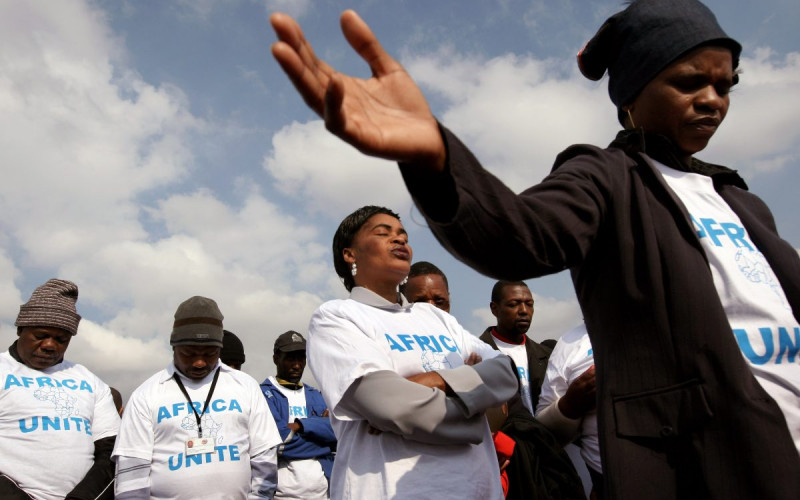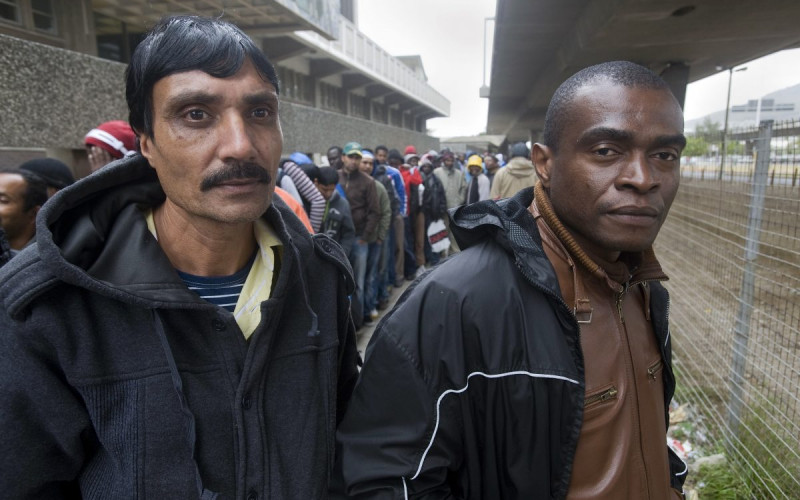Summary
- Refugees represent one of the most vulnerable populations, they are reliant on the international community to help them provide for basic needs such as safety, food, good health, and opportunities for a better future.
- The GCR points out the lived experience of African countries and their lack or resources in dealing and managing forced displacement.
- The GCR will be implemented through the CRRF and the key elements of the CRRF is supporting countries by providing them with additional and predictable humanitarian funding and development support, as well as providing well-funded emergency responses by pledging to meet the needs of refugees and host communities. Achieving these elements will be difficult because the GCR is not binding and does not hold states accountable for their implementation actions.
- A critical look is needed in enhancing refugees’ self-reliance and easing pressures on host countries by redesigning existing funding and assistance structures to ensure universal burden sharing.







